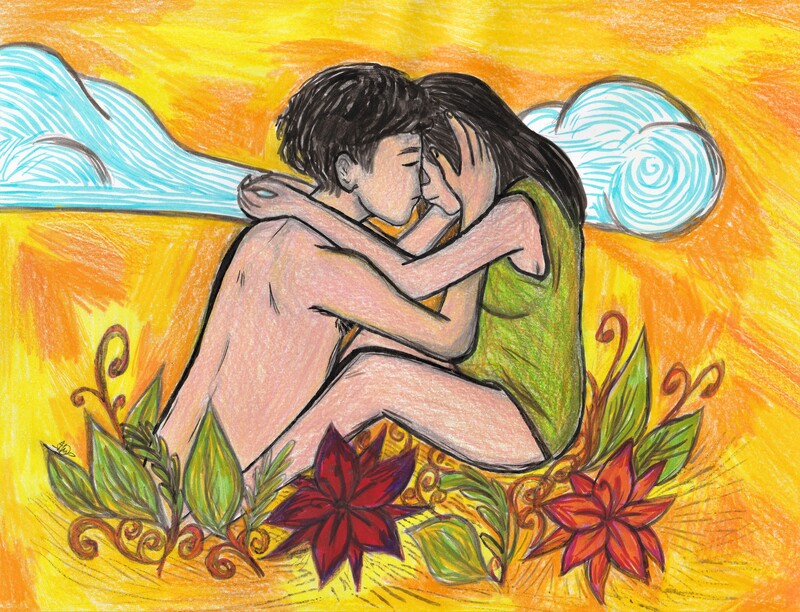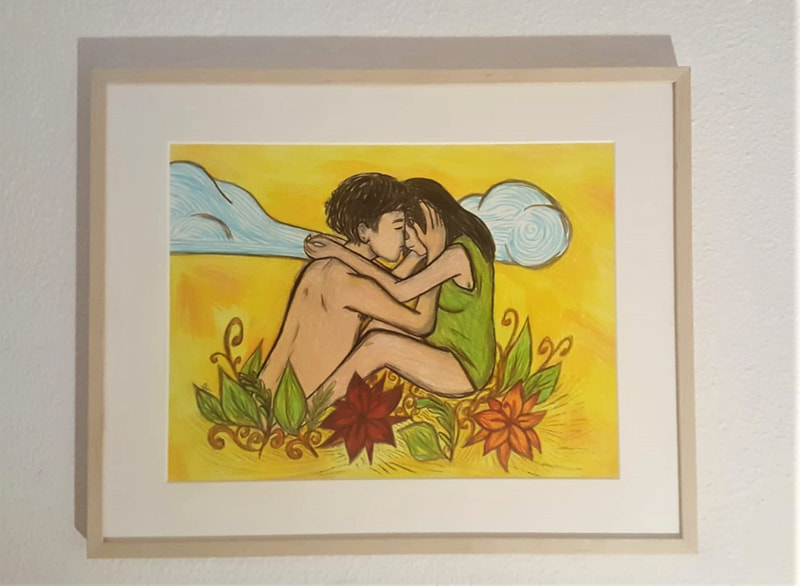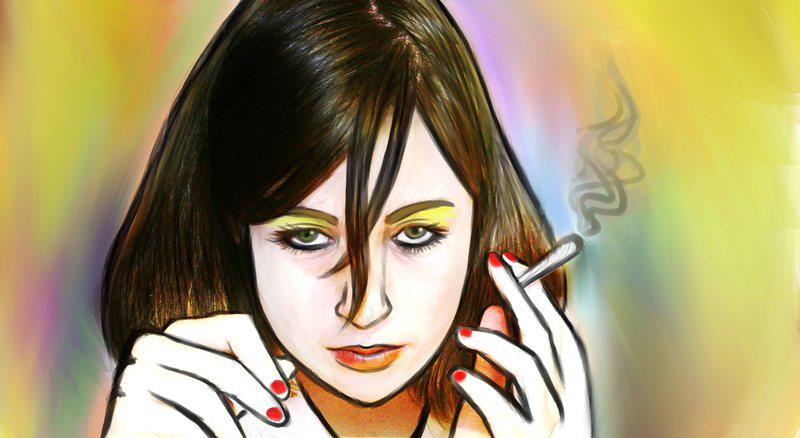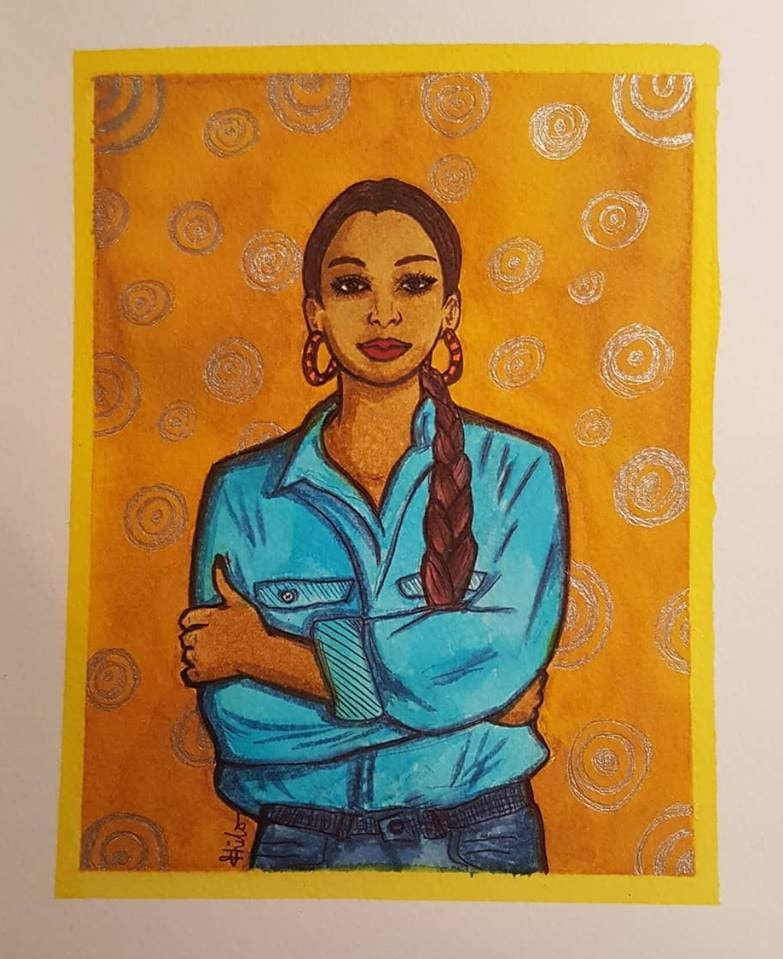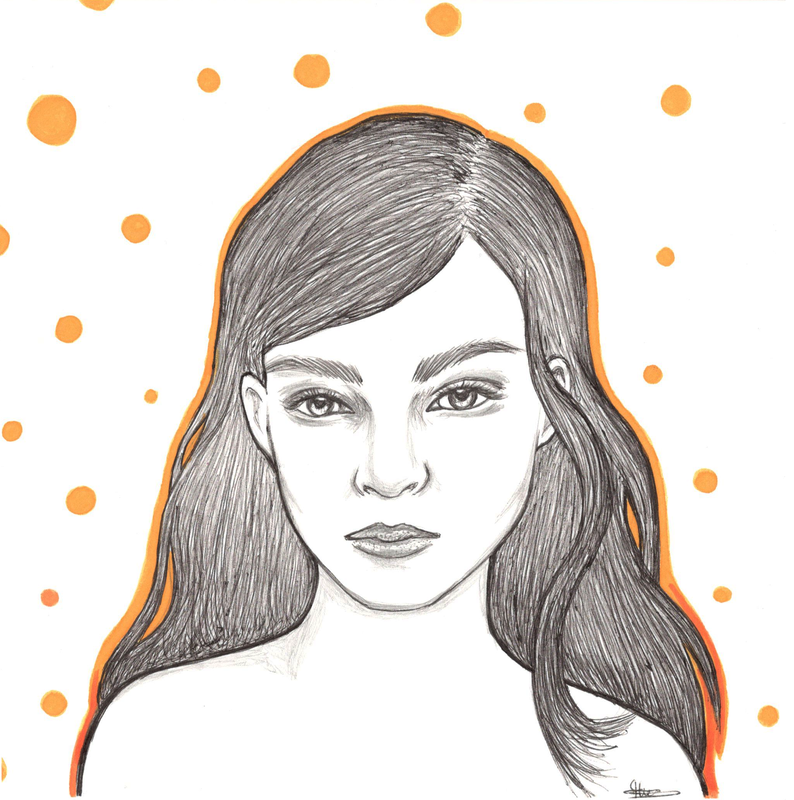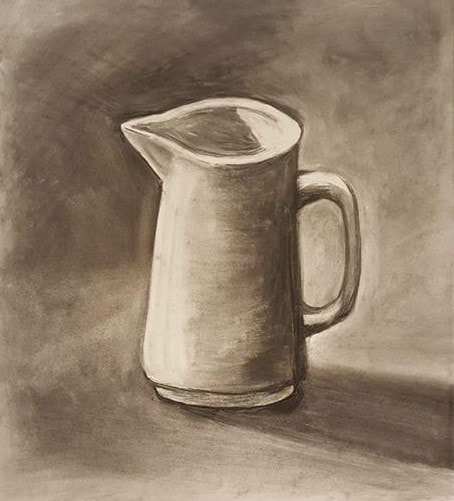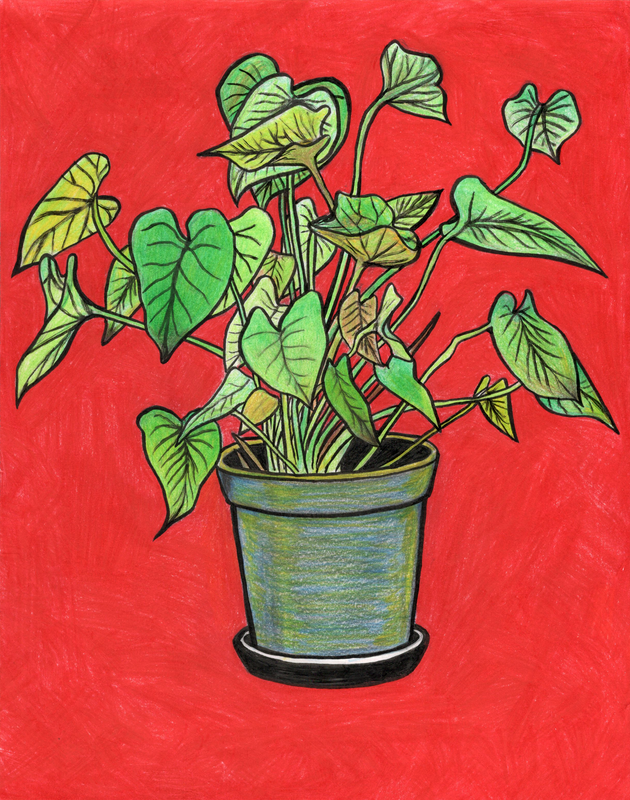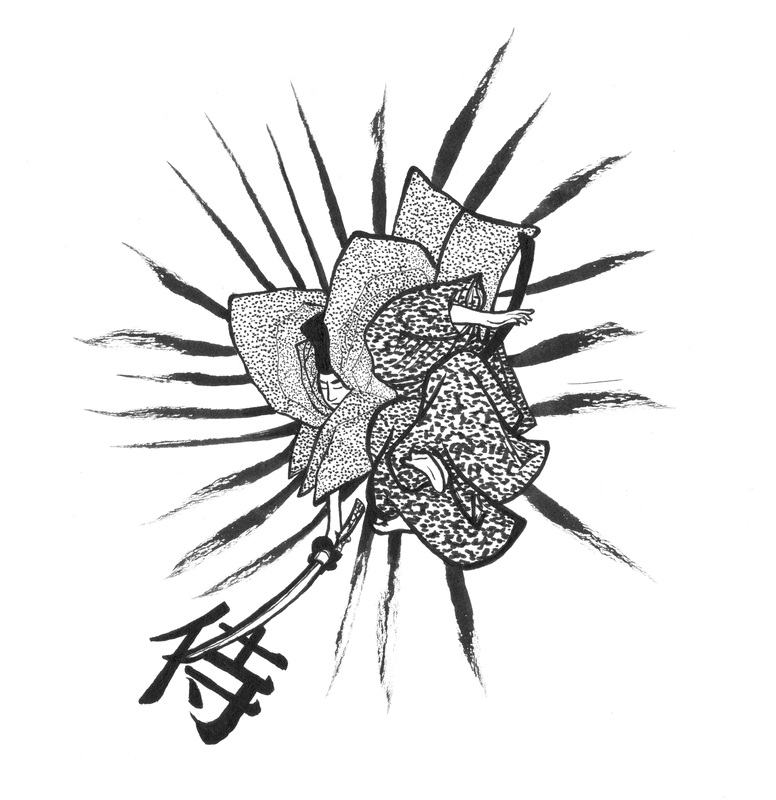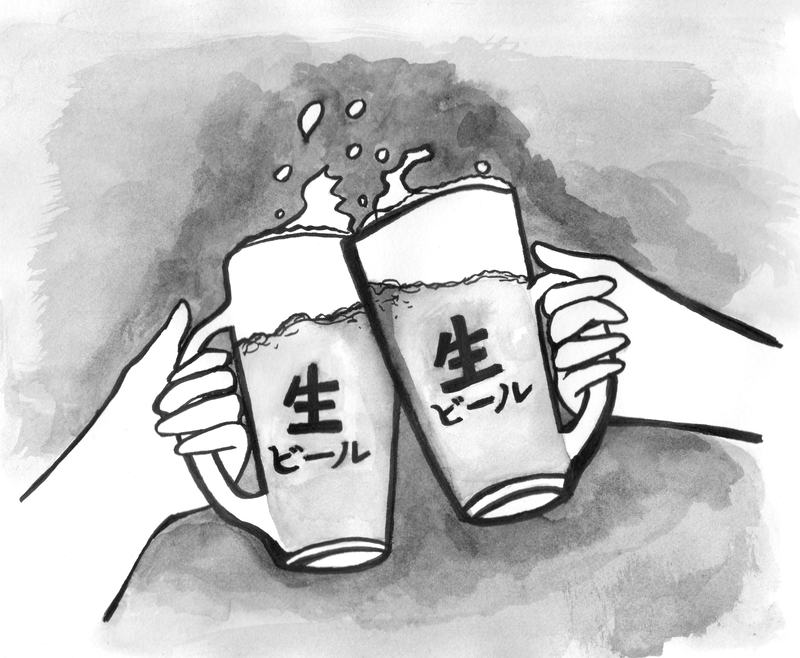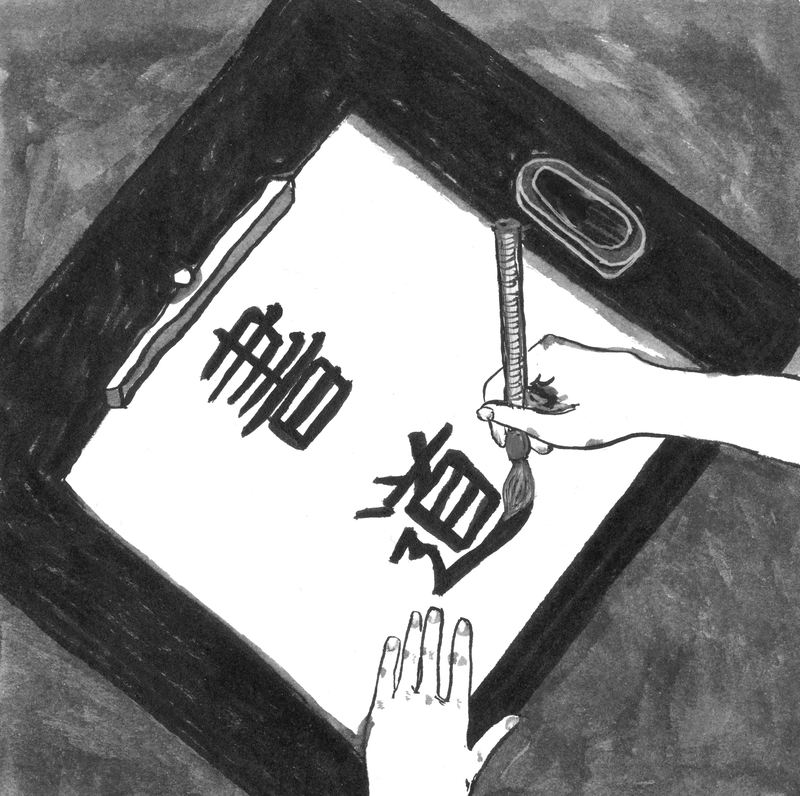women
COMMISSIONS
For questions, more information and prices, or to discuss possibilities in working together, please email me at [email protected] .
Illustrations for kanji textbook
Commissioned by: Jim Gubbels.
The commission: Make illustrations for a kanji textbook that Jim Gubbels wrote and compiled himself, to use in his Japanse language classes. The illustrations would be black and white and refer to the text, while the cover had to be in colour.
Find Jim's website here: https://www.japanese-lessons-hinode.com/
Click on the thumbnails to see the whole image.
The commission: Make illustrations for a kanji textbook that Jim Gubbels wrote and compiled himself, to use in his Japanse language classes. The illustrations would be black and white and refer to the text, while the cover had to be in colour.
Find Jim's website here: https://www.japanese-lessons-hinode.com/
Click on the thumbnails to see the whole image.







